|
|
Originally a fishing port, the harbour at Port Mulgrave was used as the only feasible transportation point for iron stone quarried from the Grinkle Mine. In use from the late 1870s till 1917; the machinery on the jetty was being dismantled in 1934 when the wooden gantry accidentally caught fire. The Royal Engineers subsequently destroyed the breakwater on the seaward side to prevent German invasion, even less remains that that shown in this 1982 image.
Image courtesy of The Pem Holliday Collection.
A lovely photograph of Port Mulgrave’s docks; when it actually was a port, built around 1856-57, it was a very busy place serving the surrounding mines. This shows the harbour prior to World War II, the disintegrating remains of Palmers ironstone loading staithes clearly visible; the seaward pier was blown up during the war.
Image courtesy of Maurice Grayson, Neil Suckling and Cleveland Ironstone Mining Museum.
This view of the harbour at Port Mulgrave was taken in 1980. How things have changed; when compared to earlier images of the harbour on the Archive.
Image courtesy of Mrs. Janet Wilson.
Thanks to Janet Wilson for this photograph of her father, Denis Codling, in his boat ‘Pat Marson’ at Port Mulgrave.
Image and information courtesy of Janet Wilson.
A view of SS Staithes; one of the many ironstone ore carriers that plied their trade between Port Mulgrave and the iron works on the River Tees. The smoke to the lower right of the image would appear to be from a chimney; although Jim Wallace suggests: “Looks like the fire of c.1911.”
Image courtesy of Maurice Grayson.
A view of Palmers ironstone loading staithes at Port Mulgrave, with a boat either just berthing or about to depart (judging by the smoking chimney stack!) from the jetty. Bill Danby advised: “This is another shot of the jetty at Port Mulgrave. If you look at the photograph entitled “Port Mulgrave” with boats waiting to be loaded, you can see the structure of the jetty is the same and in fact this is virtually the same scene taken from another angle.”
Image courtesy of Maurice Grayson and thanks to Bill Danby for the update.
A view of Port Mulgrave with the boats waiting to be loaded with ironstone; the number of vessels in the harbour gives a fair impression as to how busy it was.
Image courtesy of Maurice Grayson.
Port Mulgrave, when it actually was a port. Built around 1856-57, it was a very busy place serving the surrounding mines. Empty ironstone trucks are clearly visible on the gantry system; empty trucks to the lower left, awaiting return to the tunnel through to Dalehouse and Grinkle mine to be refilled.
Image courtesy of Cleveland Ironstone Mining Museum.
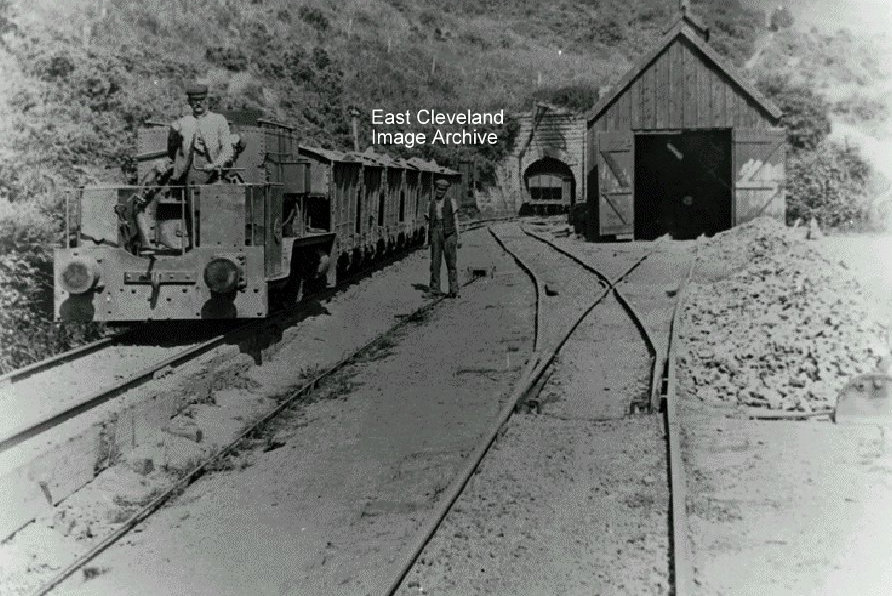
An image of the unique cableless locomotives used by The Grinkle Mine of Sir Charles Mark Palmer to negotiate the low headroom in the tunnels on the route from Grinkle to Port Mulgrave. In the background is the Dale House end of the Port Mulgrave Tunnel; at the other end the wagons were transferred to the dock at Port Mulgrave using a main and tail rope system powered from an engine-house on the Port Mulgrave side. A real bit of industrial history!
An early view looking towards Port Mulgrave and Runswick Bay from the entrance to Staithes harbour; the fishermen would need to be wary of these large rocks hidden at high the tide.
Image courtesy of a supporter of the Archive.
|
|
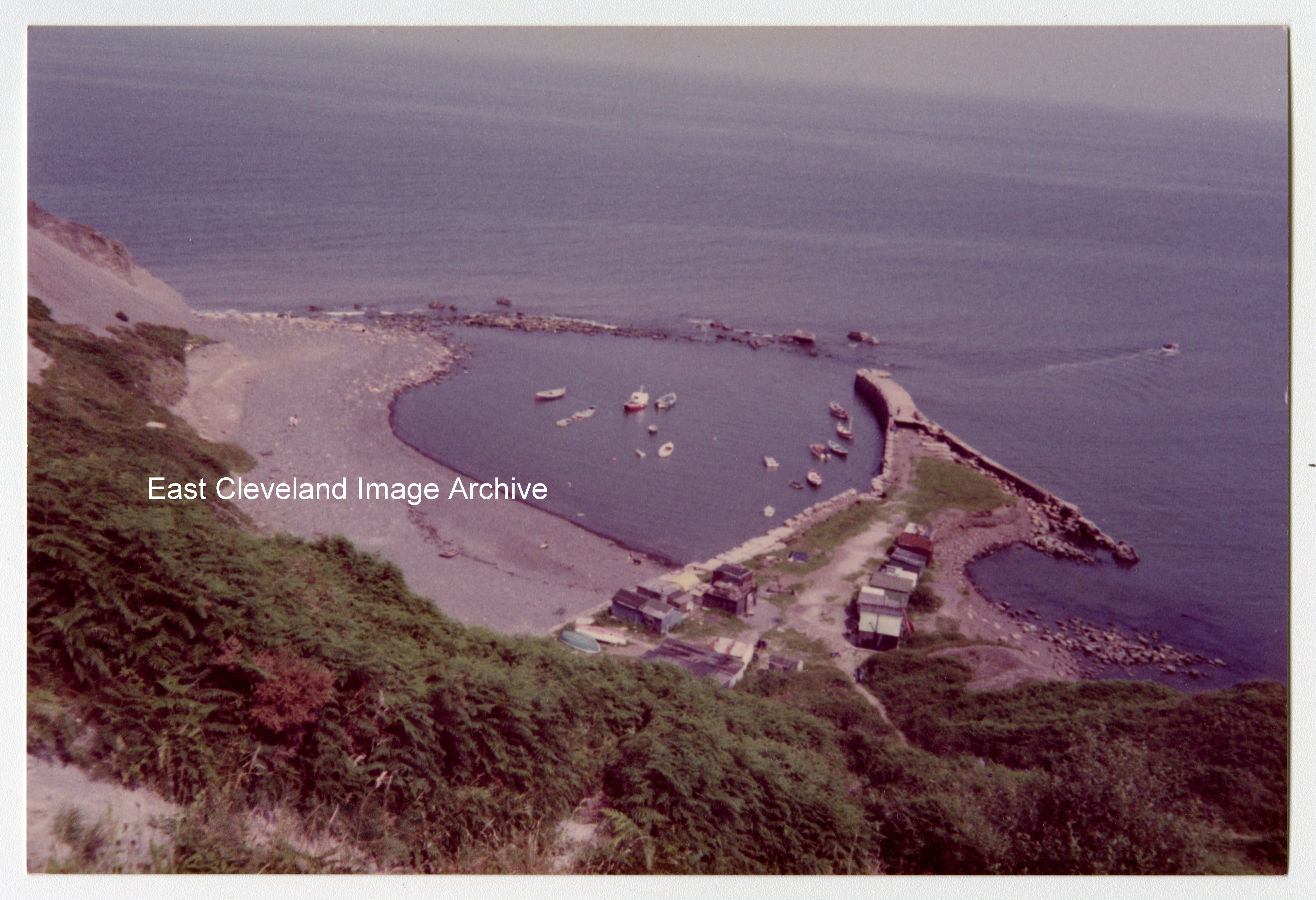
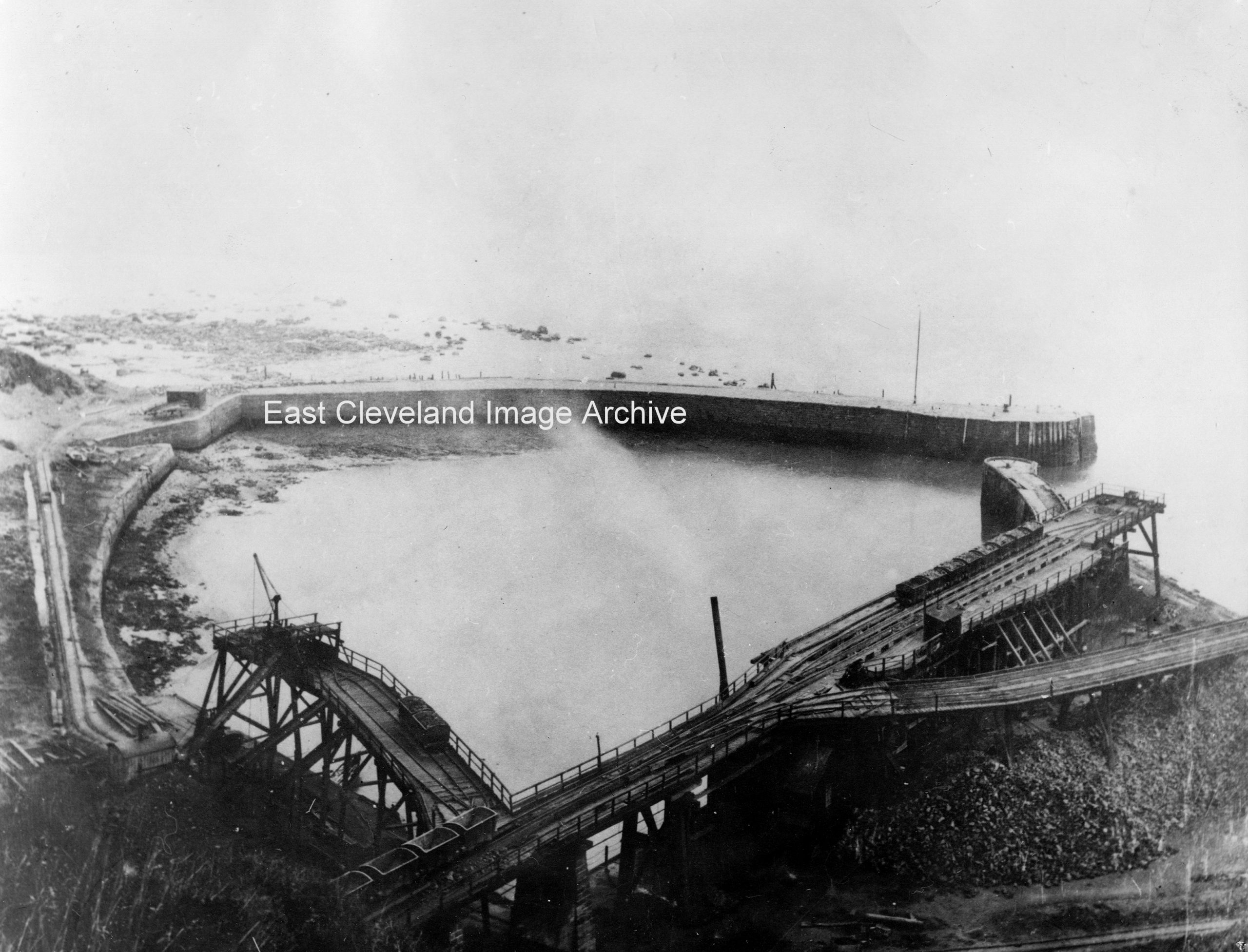

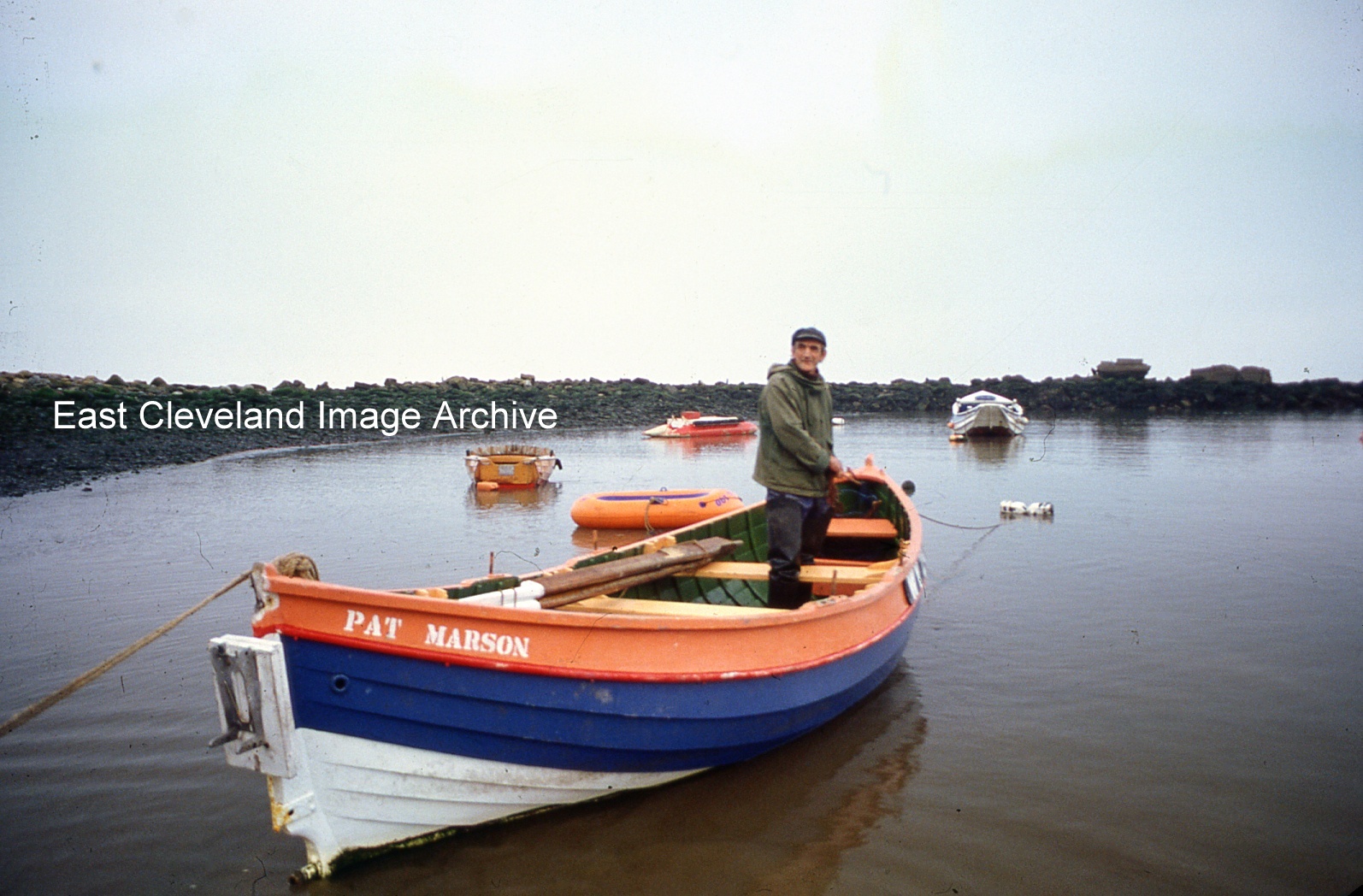
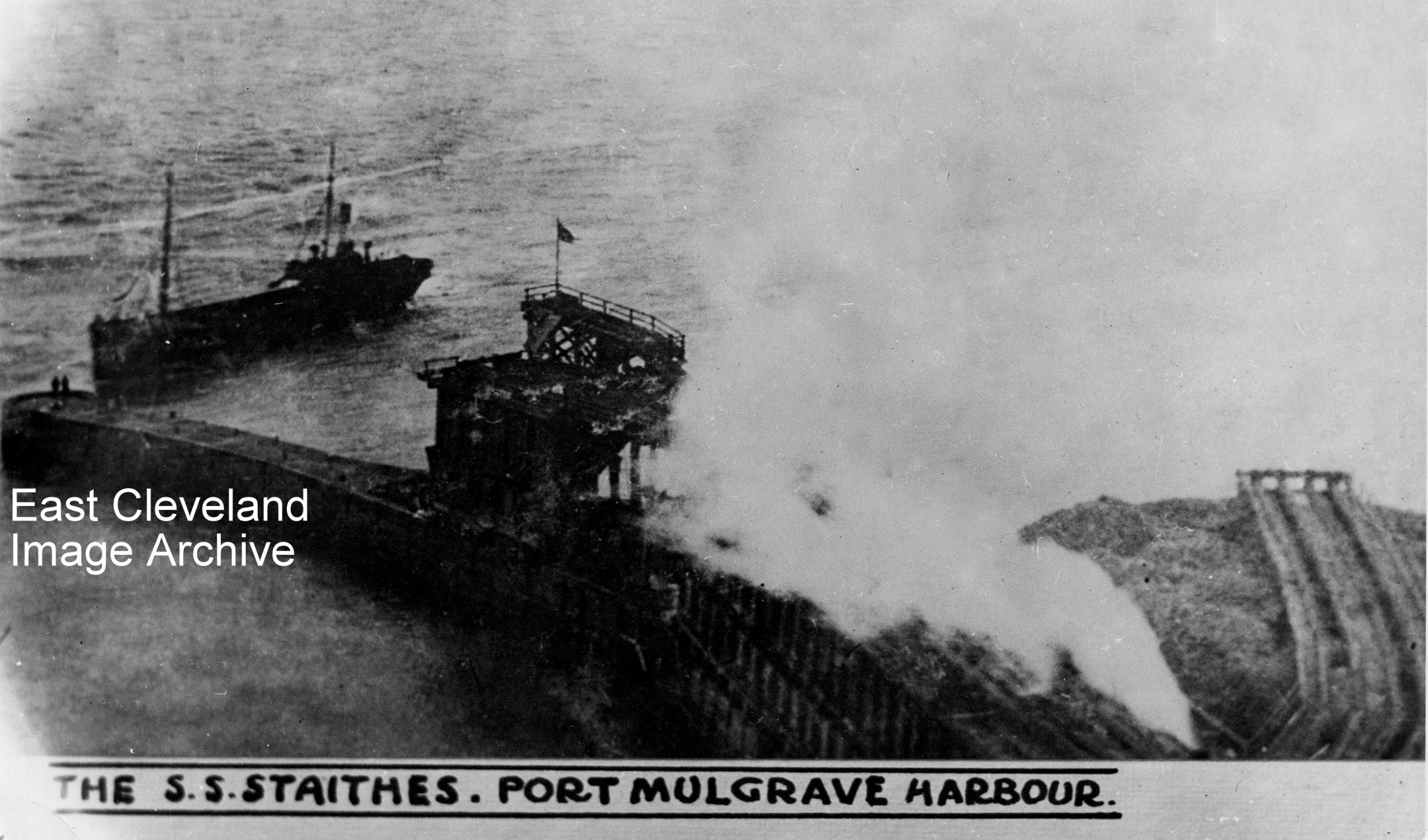
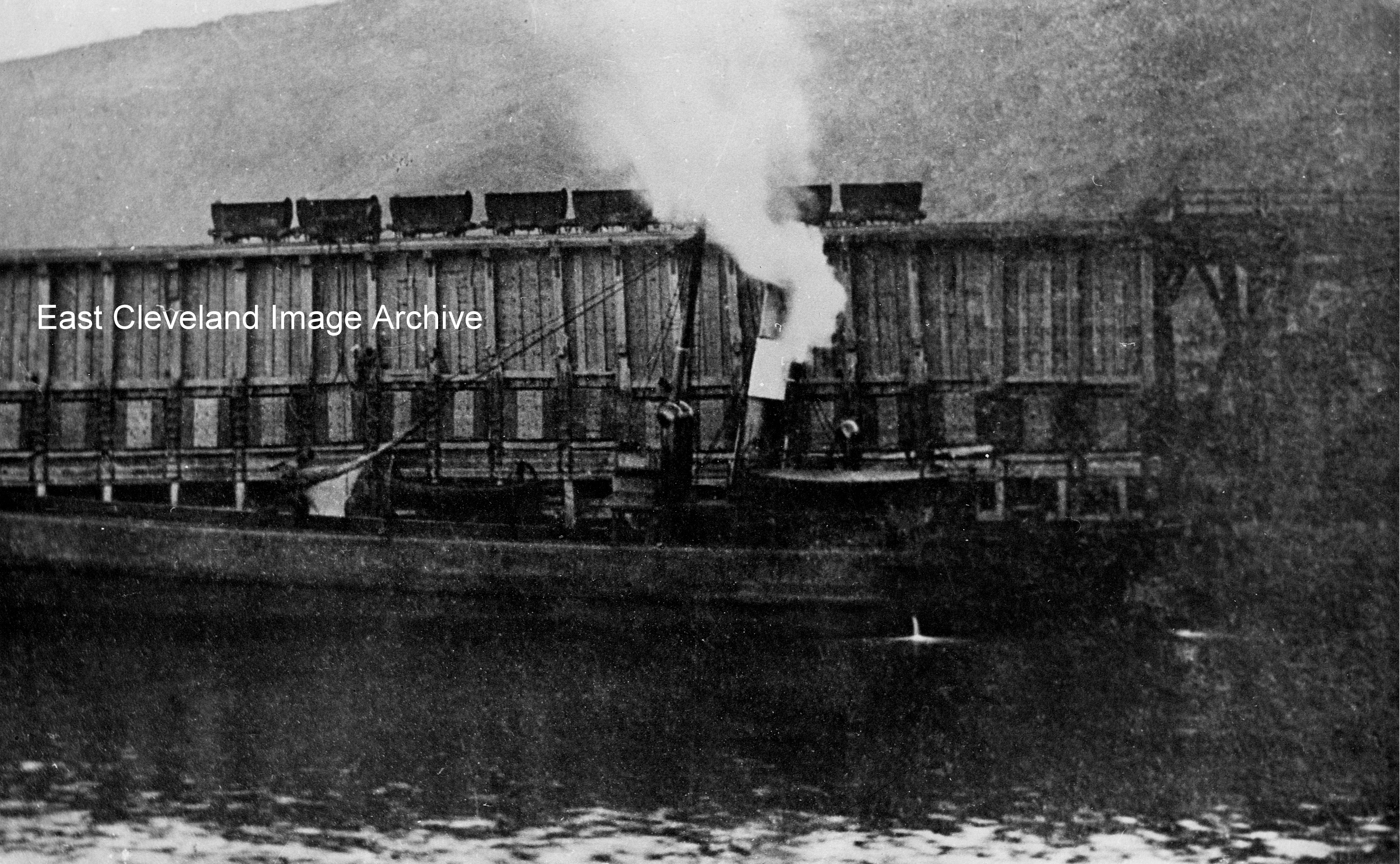
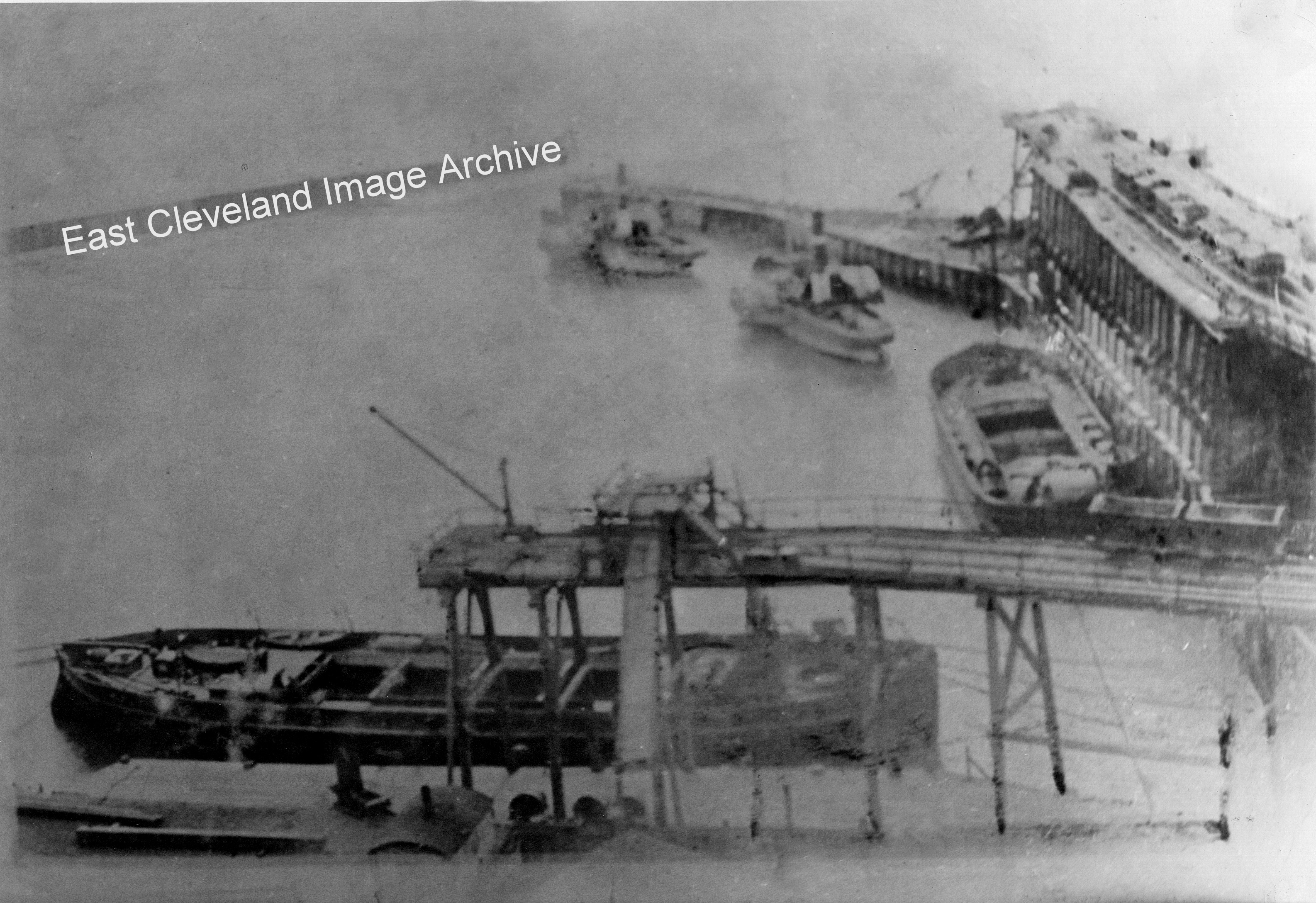

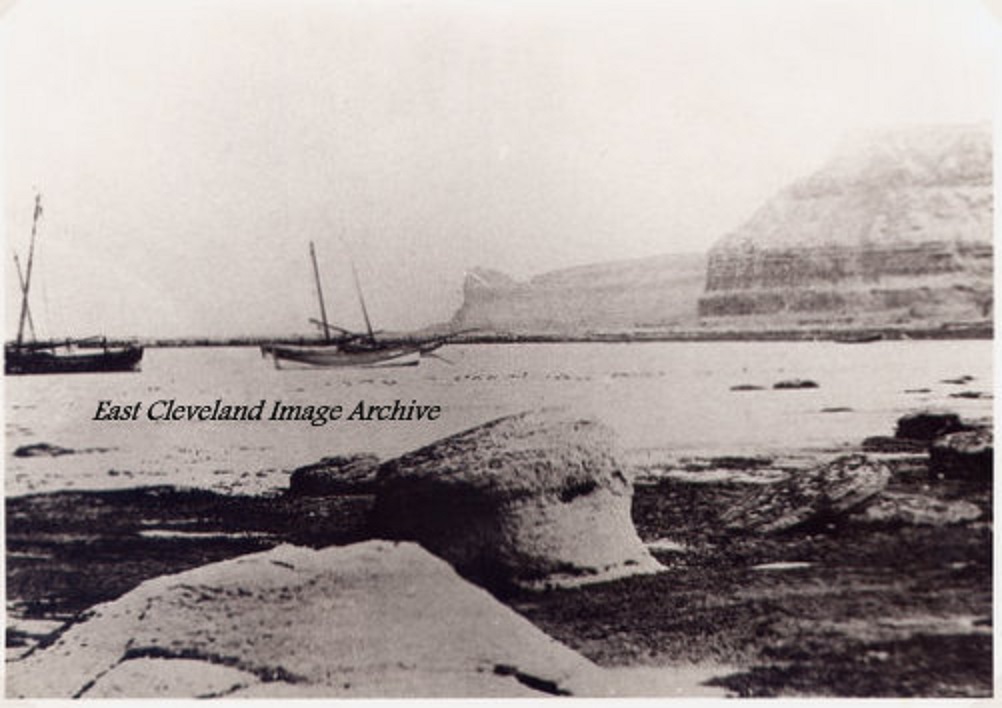
Recent Comments